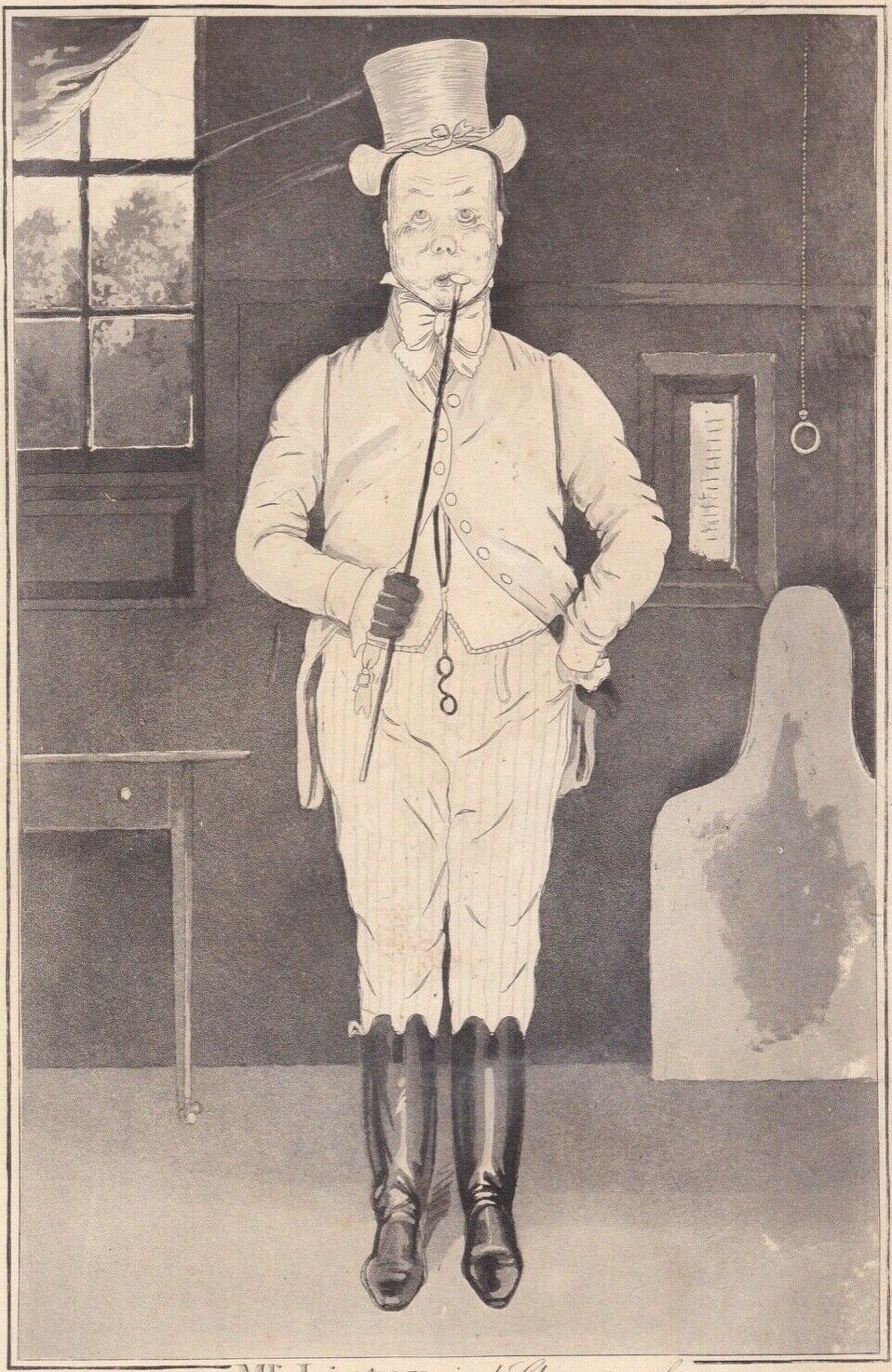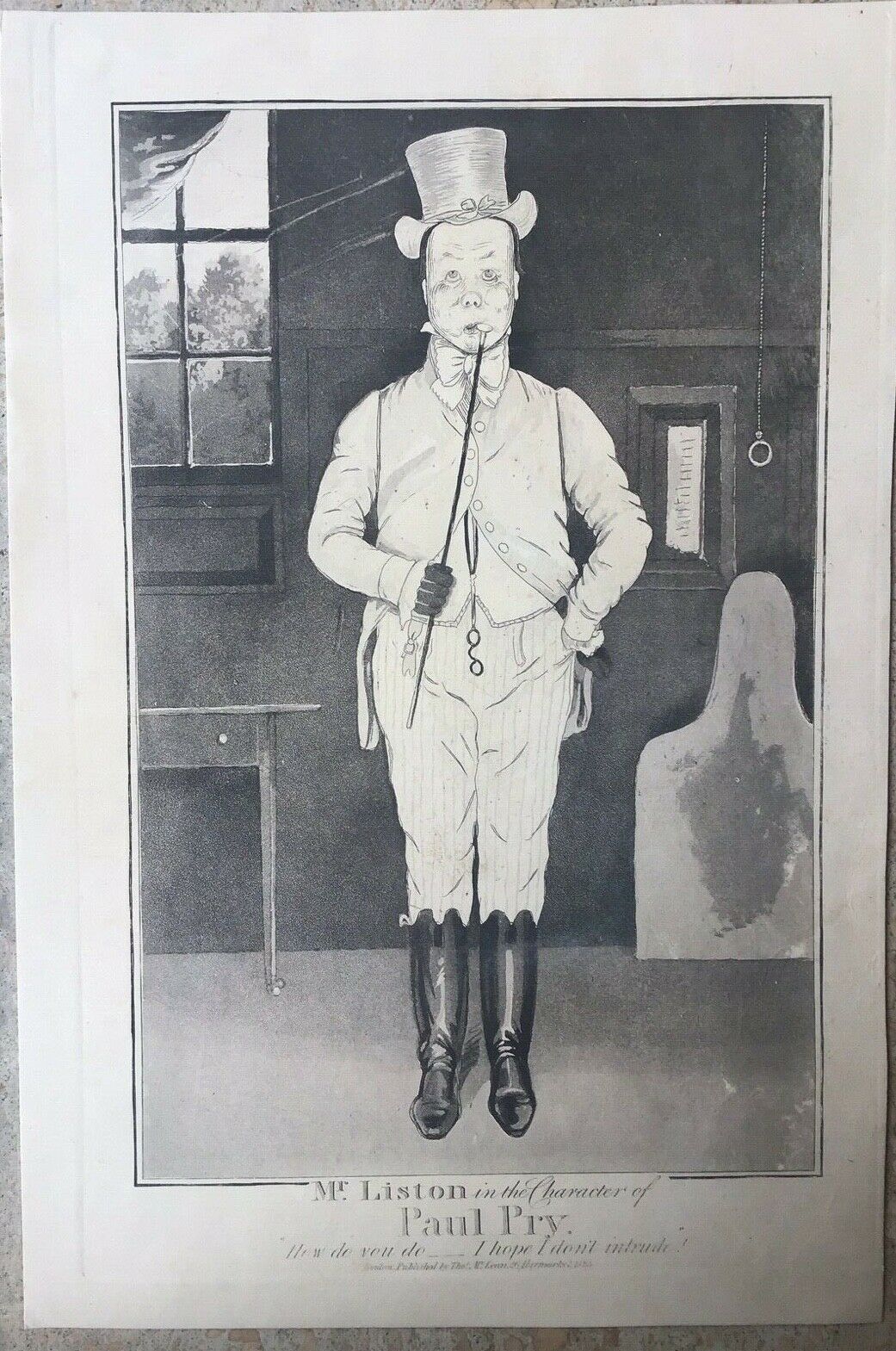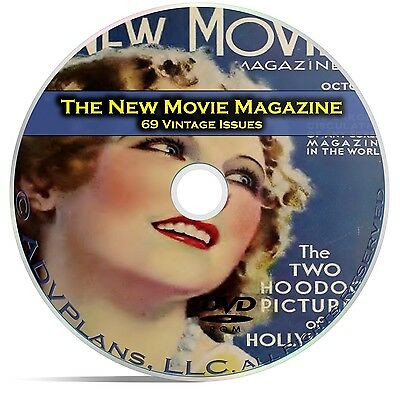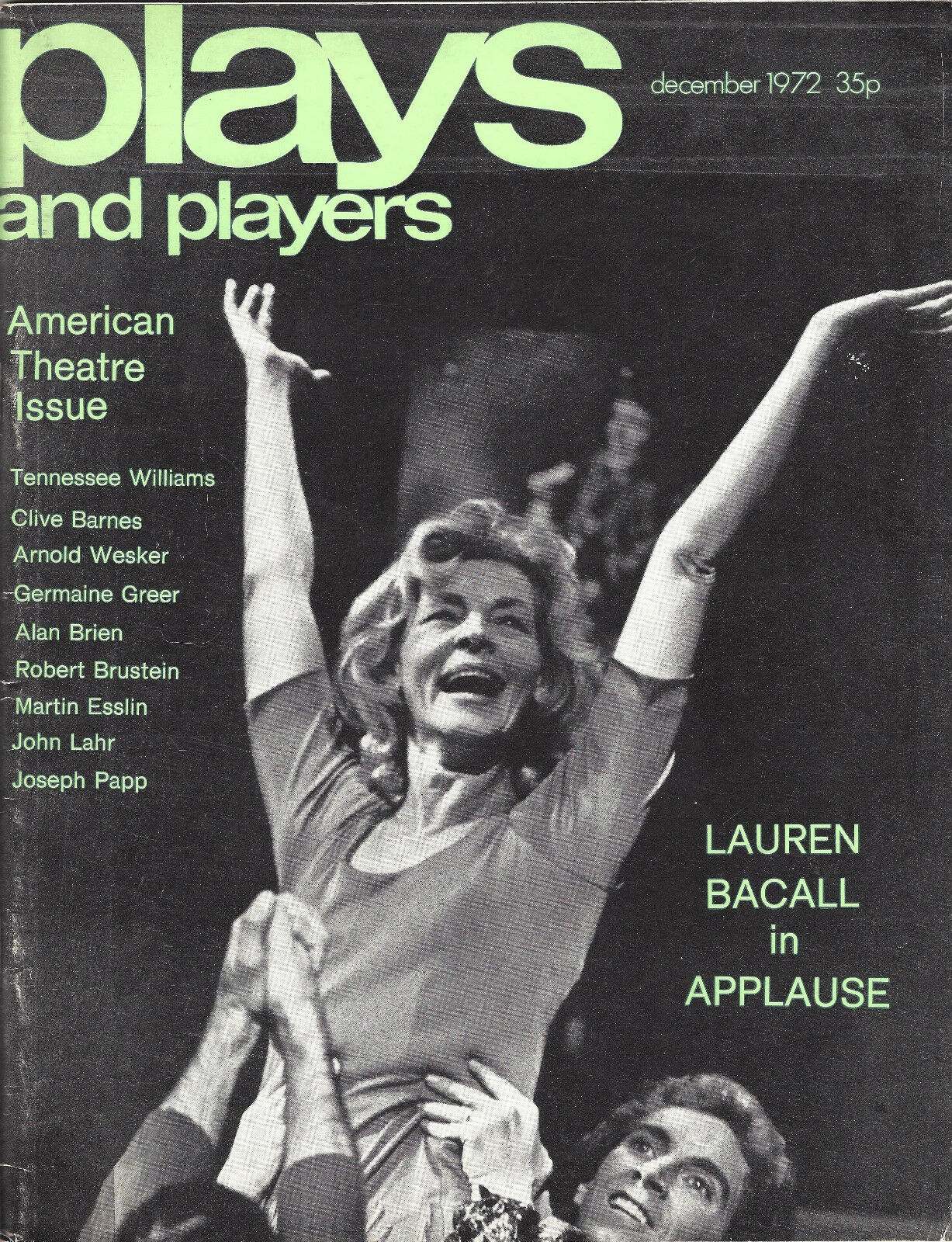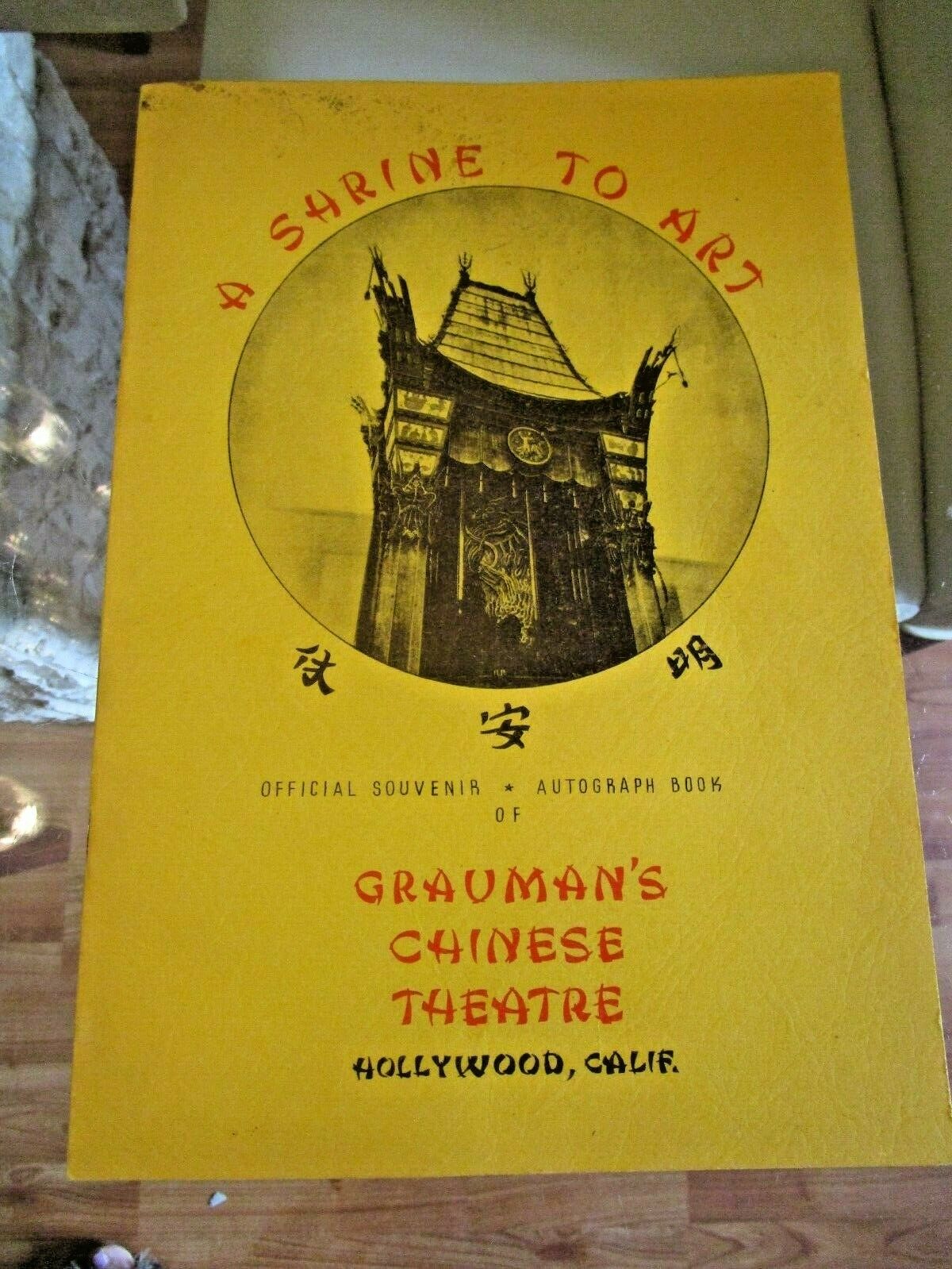-40%
1825 Lithograph- John Liston in the Character of Paul Pry - Popular London Farce
$ 6.33
- Description
- Size Guide
Description
An original lithograph entitled "Mr. Liston in the Character of Paul Pry". The popular play opened in London in 1825 and in New York the following year - see below. The lithograph was published by Thomas McLean and is dated 1825. John Liston was one of the most successful actors of the period - this was likely his most notable role - see belowGood condition - see scan. Page size 9 x 13 inches
This is a genuine antique print and not a later reproduction.
John Liston
From Wikipedia, the free encyclopedia
Jump to navigation
Jump to search
For the Australian, see
J. J. Liston
.
This article
relies largely or entirely on a
single source
.
Relevant discussion may be found on the
talk page
. Please help
improve this article
by
introducing citations to additional sources
.
Find sources:
"John Liston"
–
news
·
newspapers
·
books
·
scholar
·
JSTOR
(
January 2009
)
Liston as Pompey in
Measure for Measure
, by
Samuel De Wilde
.
John Liston
(c. 1776 – 22 March 1846),
English
comedian
, was born in
London
.
He made his public debut on the stage at
Weymouth
as Lord Duberley in
The Heir at Law
. After several dismal failures in tragic parts, some of them in support of
Mrs Siddons
, he discovered accidentally that his forte was comedy, especially in the personation of old men and country boys, in which he displayed a fund of drollery and broad humour. An introduction to
Charles Kemble
led to his appearance at the Haymarket on 10 June 1805 as Sheepface in the
Village Lawyer
, and his association with this theatre continued with few interruptions until 1830.
Liston as
Paul Pry
, 1825.
Paul Pry
, the most famous of all his impersonations, was first presented on 13 September 1825 and soon became, thanks to his creative genius, a real personage. Liston remained on the stage till 1837; during his last years his mind failed, and he died on 22 March 1846. He had married in 1807 Miss Tyrer (d. 1854), a singer and actress.
In the January 1825 of the
London Magazine
there appeared a Memoir of John Liston written by his close friend
Charles Lamb
. This was said by Lamb to be "pure invention"
[1]
and intended as a humorous essay. Liston himself replied to this Memoir in the following edition of the London Magazine suggesting that the same writer pen a short life of Byron.
Several pictures of Liston in character are in the
Garrick Club
,
London
, and as
Paul Pry
in the
South Kensington Museum
and the
Royal Conservatoire of Scotland
archives.
Notes
[
edit
]
^
Prance page 203
References
[
edit
]
Wikisource
has the text of the
1911
Encyclopædia Britannica
article
Liston, John
.
This article incorporates text from a publication now in the
public domain
:
Chisholm, Hugh, ed. (1911). "
Liston, John
".
Encyclopædia Britannica
.
16
(11th ed.). Cambridge University Press. p. 780.
Prance Claude, "Companion to Charles Lamb", Mansell Publishing Limited, Cambridge 1983.
Paul Pry
(play)
From Wikipedia, the free encyclopedia
Jump to navigation
Jump to search
Paul Pry
Written by
John Poole
Characters
Paul Pry
Date premiered
1825
Original language
English
Genre
Farce
Paul Pry
(1825), a
farce
in three acts, was the most notable play written by 19th-century English
playwright
John Poole
. It premiered in London on 13 September 1825
[1]
at the
Haymarket Theatre
and ran 114 performances.
[2]
The play continued to be popular until the early 1870s.
Contents
1
Synopsis
2
Analysis
3
Productions
4
References
5
External links
Synopsis
[
edit
]
The storyline is centered on a comical, idle, meddlesome and mischievous fellow consumed with curiosity. Unable to mind his own business, he's an interfering busybody who conveniently leaves behind an umbrella everywhere he goes in order to have an excuse to return and eavesdrop. At the end, however, Pry becomes a hero for rescuing papers from a well that incriminate more serious troublemakers.
[3]
[4]
[5]
Cherry Ripe
, the 17th-century English folk song to words by the English poet
Robert Herrick
, is adapted into the play.
[2]
Analysis
[
edit
]
Rumors abounded that the Pry character was based on the eccentric Thomas ("Tommy") Hill, editor of the
Dramatic Mirror
, who took daily walks with Poole at
Kensington Gardens
.
[6]
However, Poole was quoted in magazines as saying,
"The idea was really suggested by an old invalid lady who lived in a very narrow street, and who amused herself by speculating on the neighbors, and identifying them, as it were, by the sound of the knocks they gave... It was not drawn from an individual, but from a class. I could mention five or six persons who were contributors to the original play."
[7]
Productions
[
edit
]
John Liston as Paul Pry, circa 1825, from the collection of the
Folger Shakespeare Library
In the original 1825 London production,
Madame Vestris
sang "Cherry Ripe",
[2]
and
John Liston
portrayed the title character. His costume included striped pants,
Hessian boots
,
top hat
, and
tailcoat
. Liston's portrayal was so popular that images of Liston as Pry appeared on signs, shops, warehouses, handkerchiefs, and snuff boxes.
Porcelain
and
pearlware
factories in
Staffordshire
,
Rockingham
,
Derby
and
Worcestershire
produced
figurines
of Liston as Pry. The Liston as Pry image was even stamped on butter.
[5]
[8]
The following year, in 1826, the play was produced in
New York City
at the
Park Theatre
, featuring Thomas Hilson.
[9]
It was first produced in Australia in October 1835 at the Theatre Royal in Sydney, when Joseph Simmons took the title role.
[10]
It returned to London's
Adelphi Theatre
, for the 1851–52 season, featuring
Edward Richard Wright
and
Sarah Woolgar
, receiving extensive, positive press comment.
[11]
